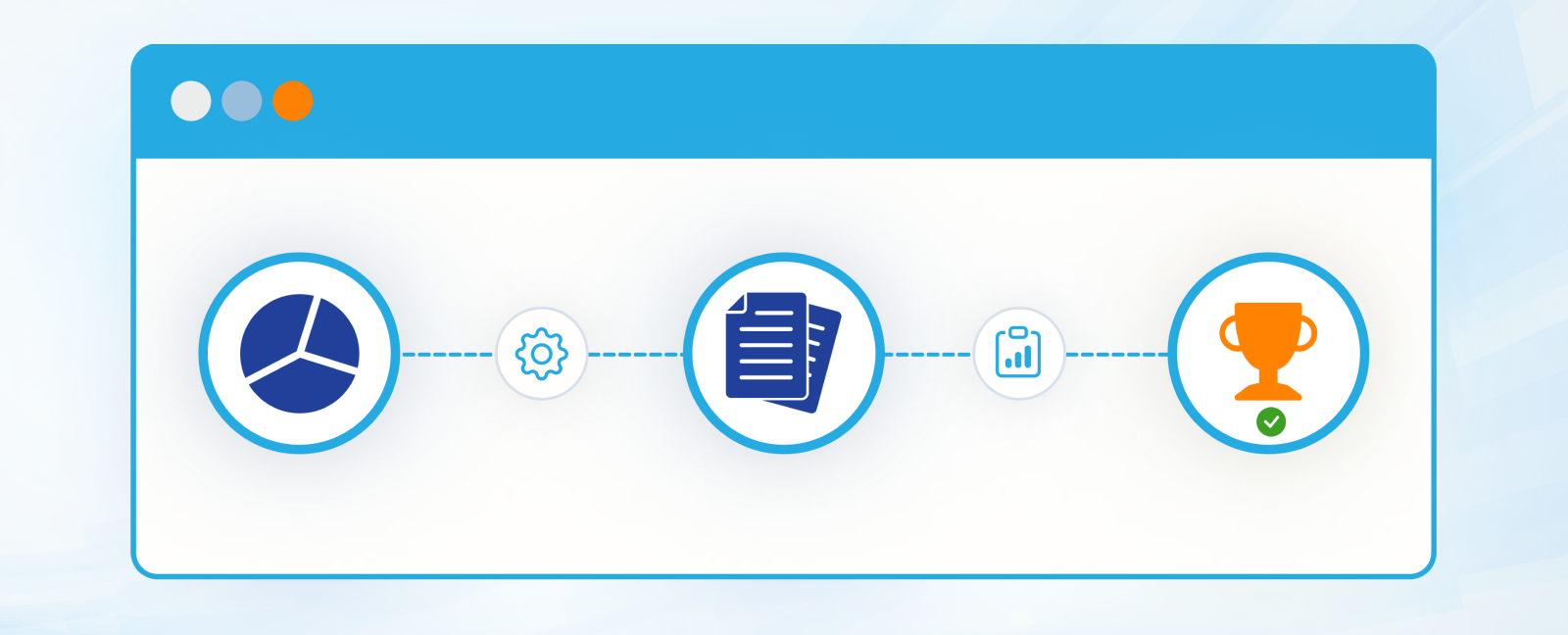
The Art and Science of Elicitation for the Business Analyst (BA)
In today’s changing world, the role of the Business Analyst (BA) is growing ever more complex. BAs are called upon to perform a wide variety of tasks such as creating detailed business analyses, planning and monitoring of complex projects, defining business requirements, and reporting to stakeholders.
But perhaps the most important role that BAs need to constantly perform is elicitation. While elicitation is a technical business analysis term, what it really means is meeting with stakeholders to elicit or gather information regarding the needs of the stakeholder1. While this might sound like a simple task, businesses need to ensure that this is done well, otherwise the consequences can be dire.
Let me provide an example from my previous work at one of the largest banks in the US. In the 1990s, this bank wanted to reengineer its processes to improve the efficiency of employees who worked in the operations department that dealt with customer requests for upgrades and new products. Customers would call in and the employee would need to determine the product that the customer needed. Upgrading to the new product was performed on a legacy system that was slow and involved different steps on several screens. To modernize the software system, a team of business analysts sat down with the different employees to map out the processes they worked on and elicit the best ways to change them. After 3 months of working with the operations department to document the old processes, the software team started optimizing the tasks to make the process more efficient. When the new system was introduced after another 6 months, the operations team was ecstatic. Processes that took them 10 minutes in the past could now be done in 3 minutes or less. Unfortunately, that was for most of the processes. A small percentage of the processes were not documented properly and therefore, the operations team could not handle some customer requests. While the incorrectly documented processes only made up 2% of the overall volume, the magnitude of the problem was significant since the bank handled over 500,000 requests a year. This meant that more than 10,000 customer requests could not proceed. What started as a project to improve overall efficiency quickly became an exercise in damage control. When the dust settled, the entire project was 6 months late and $2 million over budget; all because of a mistake in the gathering of user requirements.
Elicitation is a role that all business analysts should be highly competent in. In addition, it is a role where even the most senior BAs never stop improving. According to the International Institute of Business Analysis, there are different techniques that can be used for elicitation:
- Brainstorming: BAs work with stakeholders to collaboratively identify and reach consensus on which sources of information should be consulted and the different elicitation techniques that are the most effective.
- Document Analysis: This involves identifying and assessing the different sources of supporting materials. This also includes scrutinizing the accuracy and reliability of different documents.
- Data Mining: By analyzing data that exists, BAs can identify information or patterns that require further investigation.
- Interviews: Conducting interviews with experts is perhaps the most common and effective way to gather relevant information. This information can be used to identify concerns about the planned elicitation and get approval to proceed with specific options.
- Mind Mapping: A mind map is a hierarchical diagram used to visually organize information and show relationships among the different elements of the process. The resulting collaboration can be used to identify and reach consensus on which sources of business analysis information to consult.
- Stakeholder Lists: These lists can be used to determine who should be consulted during the elicitation preparation phase and who should participate in different events as well as the appropriate roles for each stakeholder.
- Risk Analysis and Management: This technique can be used to identify, assess, and manage situations that could potentially disrupt the elicitation or impact the quality and validity of the elicitation results.
- Estimation Assessment: BAs should estimate the time and effort required for the elicitation and the associated cost.
Steps for Effective Elicitation
Step #1 - Preparation: BAs prepare for elicitation by defining the desired outcomes of the activity and considering the stakeholders involved as well as the goals of the initiative. This includes determining which work products will be produced using the elicitation results, deciding which techniques are best suited to produce those results, establishing the elicitation logistics, identifying any supporting materials needed, and understanding circumstances to foster collaboration during an elicitation activity.
Step #2 - Conduct Elicitation: In this step, the BA needs to describe the work that needs to be performed in order to understand the needs of the different stakeholder and identify potential solutions that can meet those needs. This typically involves interaction with the different stakeholders by conducting interviews or collecting research from various sources.
Step #3 - Confirm Elicitation Results: In this step, the BA needs to ensure that stakeholders have a shared understanding of the elicitation results. Also, the collected information must be recorded appropriately, and the BA must compare the information received to look for gaps or inconsistencies.
Step #4 - Communicate: An essential part of the BA’s role is to provide stakeholders with the information they need. This information must be communicated in a simple and effective manner to ensure that all stakeholders understand the results from the elicitation phase.
Step #5 - Manage Stakeholder Collaboration: Finally, the BA must engage the different stakeholders in the overall business analysis process to ensure that the needed results are delivered effectively and on time.
The job description of the modern business analyst is expanding, and BAs are called upon to play different roles. While all roles are important, elicitation is a task that must be done properly in order to ensure the success of the overall project. If not, the project is likely to fail and, in my experience, it will be the BA who bears the brunt of that failure. Therefore, BAs, please take notice: Elicitation is not only a task that you should do, but one where you should do perfectly.
1 International Institute of Business Analysis. Business Analysis Body of Knowledge. BABOK v3. https://www.iiba.org/standards-and-resources/babok/.
Related Articles

The Comedy of KPIs: Al-Meqyass Family Saga
Once upon a time, in a cozy suburban neighborhood, lived the Al-Meqyass…

Public Sector Benchmarking: Driving Success Through Comparative Analysis and Innovation
When I worked in the public sector, benchmarking was one of the crucial…

Advanced Visualization Tools: Generating Sunburst Charts
Data visualization is a crucial aspect of data analysis, allowing users…

Cobras and the Law of Unintended Consequences
In my government strategy course, I present a public sector policy and…
